Greater Manchester Extend “Fibre Broadband” Rollout to Extra 2900 Premises
The £15m Get Digital Faster project, which is already working to extend the coverage of Openreach’s (BT) “fibre broadband” (FTTC/P) network to 47,000+ premises in the Greater Manchester (England) area, has announced that a further 2,900 will also benefit thanks to clawback of £1.4m.
The project, which excludes Manchester itself and Salford (they’ve already received investment from elsewhere and BDUK funding isn’t really intended for dense urban areas), is focused upon improving connectivity in the main local authorities of Stockport, Bolton, Bury, Oldham, Rochdale, Tameside, Trafford and Wigan.
So far the effort has already made FTTC/P services available to around 47,000 additional homes and businesses via roughly 580 cabinets, with 45,000 of these able to receive “superfast broadband” speeds of 24Mbps and above. This puts the roll-out within touching distance of its original completion target (Spring 2017).
Advertisement
BT has also confirmed that service take-up in related areas now stands at 25% and this has resulted in a £1.4 million gainshare. Under the contract BT are required to return part of the public investment when adoption of the new service passes beyond the 20% mark in related intervention areas, which can then be put towards further improvements.
As a result of this an additional 2,900 premises (2,500+ of these will receive speeds of 24Mbps or faster) are now set to be put within reach of the service during 2017 and 2018, which is on top of the existing 47,000+ premises target.
Matt Hancock MP, UK Minister of State for Digital, said:
“Nine out of ten homes and businesses in the UK can now get superfast broadband, and it’s brilliant news that the high take-up rate in Greater Manchester means we can now take the rollout of superfast speeds even further. This will provide another boost to the local economy and is all part of the UK Government’s work to make sure Britain remains a digital world leader.”
Tony Morgan, BT’s Programme Director, said:
“The Get Digital Faster programme is going from strength to strength. We are seeing strong take-up of fibre broadband across the area and this is helping us reach even more communities. BT is committed to rolling out this transformational technology as far as possible and already, more than 98 per cent of homes and businesses across the eight authorities are currently able to access fibre broadband.”
BT estimates that “more than” 98% of Greater Manchester households and businesses can now get “fibre broadband“, although they don’t specify whether this includes those who experience sub-24Mbps speeds on the same network. By comparison the coverage of “superfast” performance in Manchester itself is currently closer to 95% and Salford does a little better.
The extra 2,900 should get the project a smidgen closer to achieving nearly universal coverage, although there’s still a fair gap to fill and it’s always the last bits that tend to be the most expensive or difficult to tackle. Sadly the project’s official website is sparse on detail and devoid of useful information about its exact roll-out plan for the next year or two.
Advertisement
Mark is a professional technology writer, IT consultant and computer engineer from Dorset (England), he also founded ISPreview in 1999 and enjoys analysing the latest telecoms and broadband developments. Find me on X (Twitter), Mastodon, Facebook, BlueSky, Threads.net and Linkedin.
« Urban FTTP Builder Cityfibre Added 5,063 New UK Connections in 2016


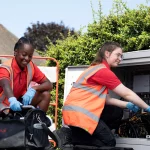

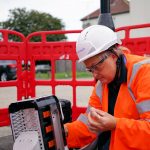
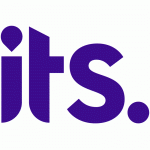

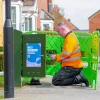

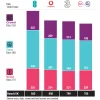








































Comments are closed